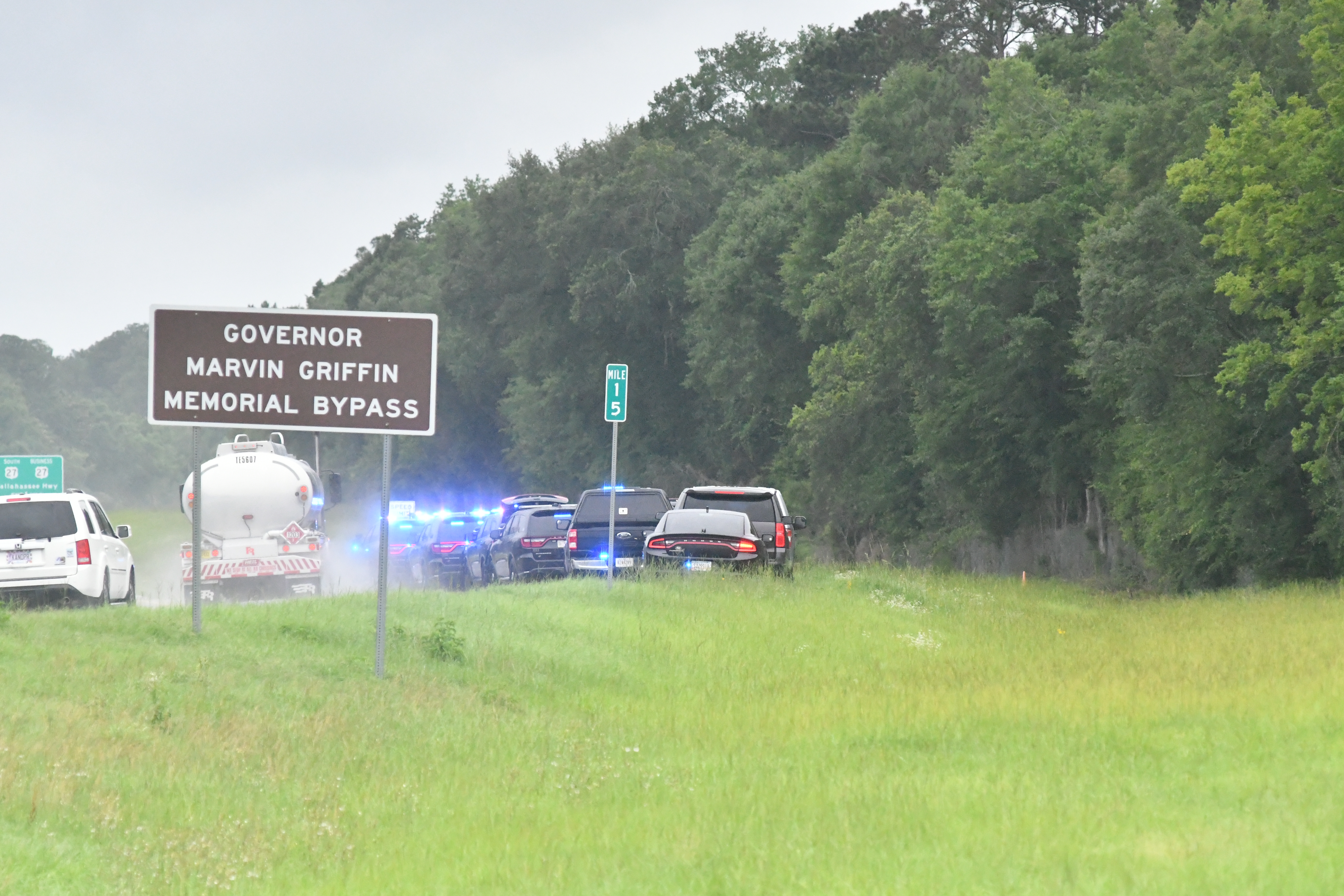Winter is the time to relocate plants in your yard
Published 4:13 pm Friday, November 25, 2016
By Ty Torrance
Have the shrubs you thought would be perfect in your landscape taken on a mind of their own? If so, winter is the best time to correct any landscape “mistakes” you may have around your yard.
In most cases, you can relocate overgrown plants so you don’t have to keep living with those out of place shrubs. By relocating the plants, you will still be able to enjoy those shrubs and plant new ones that suit the site better. Whenever you move plants, particular larger ones, you’ll be cutting off a significant portion of their roots. A good way to help you visualize a plant is for every below ground root there is an above ground shoot. You will need to compensate for the roots you cut by pruning a portion of the limbs. A good rule of thumb is to cut back close to a third of the above ground mass.
Before you prune a plant back heavily, try to visualize what you’ll have left. Otherwise, you may wind up with a shrub that looks like it’s standing on legs when spring growth comes out.
Most broadleaf shrubs can be severely pruned and recovery fairly rapidly, but I would suggest never to cut back junipers, pines, spruce or other conifers. These plants will not form new growth from old wood. Boxwoods are typically slow to regrow after severe pruning, so prune them as conservatively as you can before moving them. If you can avoid pruning back large, spring-flowering shrubs like azaleas when you transplant them, they will still flower in the spring. You can reshape these plants with pruning after they bloom. However, it’s better to give up flowers than put too much strain on the shrub the year you move it.
Most of the roots are within the top 12 inches of soil, so it’s important to get as many of the surface roots as you can. The width of the root ball should be 12 inches plus an extra two inches for each foot of height above two feet. In other words, a shrub six feet tall would have a root ball at least 20 inches wide – original 12 inches + four (feet) times two inches. Carefully cut underneath the ball and place a piece of cloth, such as burlap, under it. If the shrub is large, it may take two people to carry or drag it to its new location.
When transplanting, time is critical so it is best to already have the new hole prepared. The old saying always applies, “never dig a $2 hole for a $20 plant”. The new hole should be twice as wide as the root ball. Roots can die quickly when exposed to sun and air so getting them in the ground as quickly as possible will help with their survival. Also, make certain the shrub is planted no deeper than it was previously growing. As soon as you get the shrub moved water it thoroughly. The thorough watering will close are pockets and settle the plant.
Don’t forget about the plant! You could still lose it if you have a period without rain during the next few weeks. Don’t let the root system dry out. You may need to water it from time to time. Keep the roots moist, but not wet, and it should do fine.
While this method may not be completely fool proof if you follow the steps above you have a very good chance of moving a problem shrub to a new home that will suit you both.





